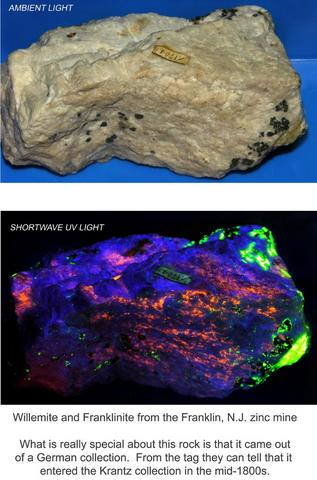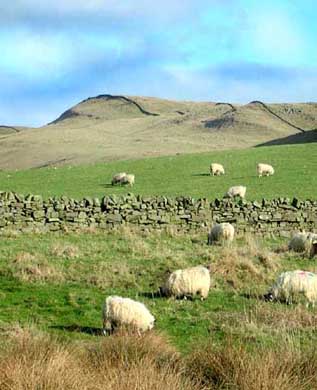Concrete
Two thousand years ago the Romans knew how to make cement for concrete and mortar. I have seen many different Roman villas and structures which used this limestone cement. Then not long afterwards, so many people died during the pandemics and plagues of the dark ages that the  knowledge of how to make cement largely died out.
knowledge of how to make cement largely died out.
Today Portland cement is made almost exactly the same way it was in Roman times. One of the primary ingredients is limestone. It got its name from the Isle of Portland in Dorset, England. Open up Google Earth and goto latitude N50.547841 and longitude W-2.427719. You will see that the limestone quarries on the island of Portland are exactly the color of most sidewalks.
There are thousands of minor variations to the formulation for cement depending upon the properties desired, such as ultimate strength, or rapid curing, or being more waterproof, etc. But put simply concrete is made from gravel (the larger the pieces, the stronger the concrete), sharp sand, Portland cement, and some water. You should use sharp sand, not the rounded, eroded sand typically found at the beach or in the wind blown desert. The less water is used the harder the wet concrete will be to work, but the stronger it will ultimately set up. To greatly increase the strength of the concrete, metal like rebar is included.
Wet concrete does not dry. What happens is a chemical reaction called curing. This chemical reaction generates significant amounts of heat. The curing process takes place on an exponential basis compared with time, so within a day or two it can safely be walked upon. But it should not be driven on for at least 2 or 3 weeks. After about 21 days the concrete will have cured to 90% of its eventual strength and is considered fully cured.
-
LINK: http://en.wikipedia.org/wiki/Portland_cement
-
-
-
-
-
-
-
-
-
-


























